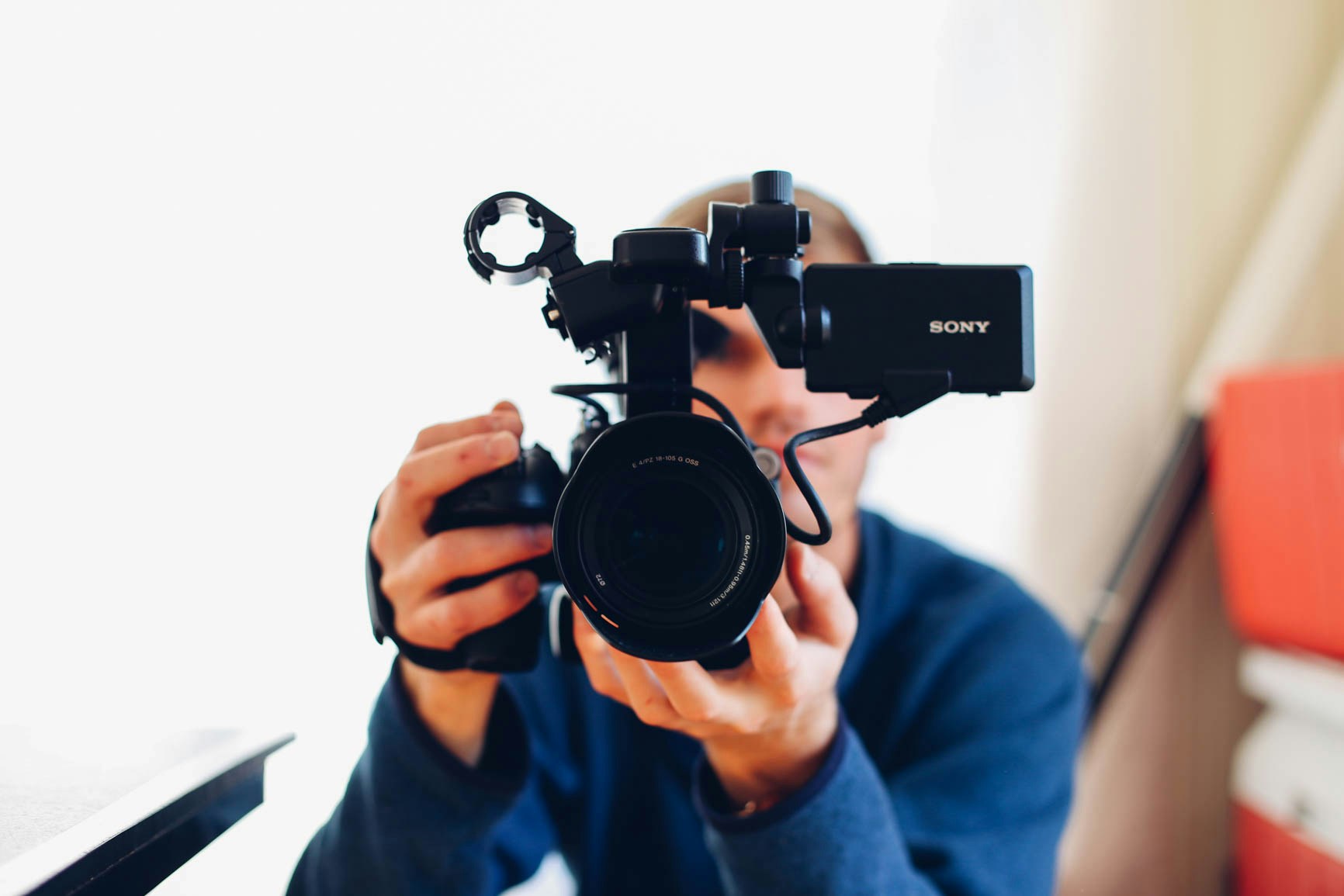Video Marketing is "StorySelling" on Steroids
Video marketing has become an essential tool in many company's marketing strategies. In today's digital age, where attention spans are shorter than ever, video content has the unique ability to capture and engage audiences quickly and effectively. One of the key aspects of successful video marketing is the art of "StorySelling," where brands use compelling storytelling to sell their products or services. StorySelling is essentially storytelling with a purpose – to sell.
StorySelling is a powerful technique that combines the elements of storytelling with marketing to create engaging and memorable content that resonates with viewers. In essence, StorySelling is video marketing on steroids.
One of the prime examples of StorySelling is the Dollar Shave Club's viral video campaign. The brand revolutionized the shaving industry with its subscription-based razor delivery service and used storytelling to convey their message to consumers. The company's video titled "Our Blades Are F***ing Great" featured the CEO, Michael Dubin, delivering a hilarious and engaging monologue about the absurdity of overpriced razors in the market. The video not only showcased the brand's personality and humor but also effectively communicated its value proposition to viewers. As a result, the video went viral, garnering millions of views and significantly boosting Dollar Shave Club's sales.
Another noteworthy example of StorySelling is the Airbnb's "Wall and Chain" video campaign. The company created a series of short films that told the stories of real travelers who had unique and inspiring experiences during their Airbnb stays. By highlighting the personal and emotional connections that travelers made with their accommodations, Airbnb successfully conveyed the message that their platform offers more than just a place to stay – it offers unforgettable experiences. The videos resonated with viewers on a deeper level, ultimately driving brand awareness and loyalty.
A classic example of StorySelling in action is the Coca-Cola's "Share a Coke" campaign. The company personalized its iconic soda cans and bottles with popular names and phrases, encouraging consumers to share a Coke with their friends and loved ones. The campaign was not just about selling soda but about fostering connections and creating shared experiences. By tapping into the universal concept of sharing and togetherness, Coca-Cola effectively connected with consumers on an emotional level, leading to increased sales and brand affinity.
Lastly, Nike's "Dream Crazy" ad featuring former NFL quarterback Colin Kaepernick is a powerful example of StorySelling. The ad addressed social issues such as racial inequality and police brutality, positioning Nike as a brand that stands for social justice and empowerment. By aligning its message with a powerful narrative and utilizing Kaepernick's personal story, Nike sparked conversation and controversy, ultimately driving brand engagement and loyalty among consumers.
In conclusion, Video Marketing is not just about selling products or services; it's about telling compelling stories that resonate with viewers on a deeper level. StorySelling takes video marketing to the next level by using storytelling techniques to create emotional connections and drive consumer engagement. The examples mentioned above demonstrate the power of StorySelling in capturing audience attention, building brand loyalty, and driving sales. By incorporating storytelling into video marketing strategies, Next-Yes helps companies create memorable and impactful content that sets them apart from the competition. StorySelling is indeed Video Marketing on steroids – it amplifies the impact of marketing efforts and helps brands connect with consumers in a more meaningful way.
In today's digital age, where attention spans are shorter than ever, video content has the unique ability to capture and engage audiences quickly and effectively.

